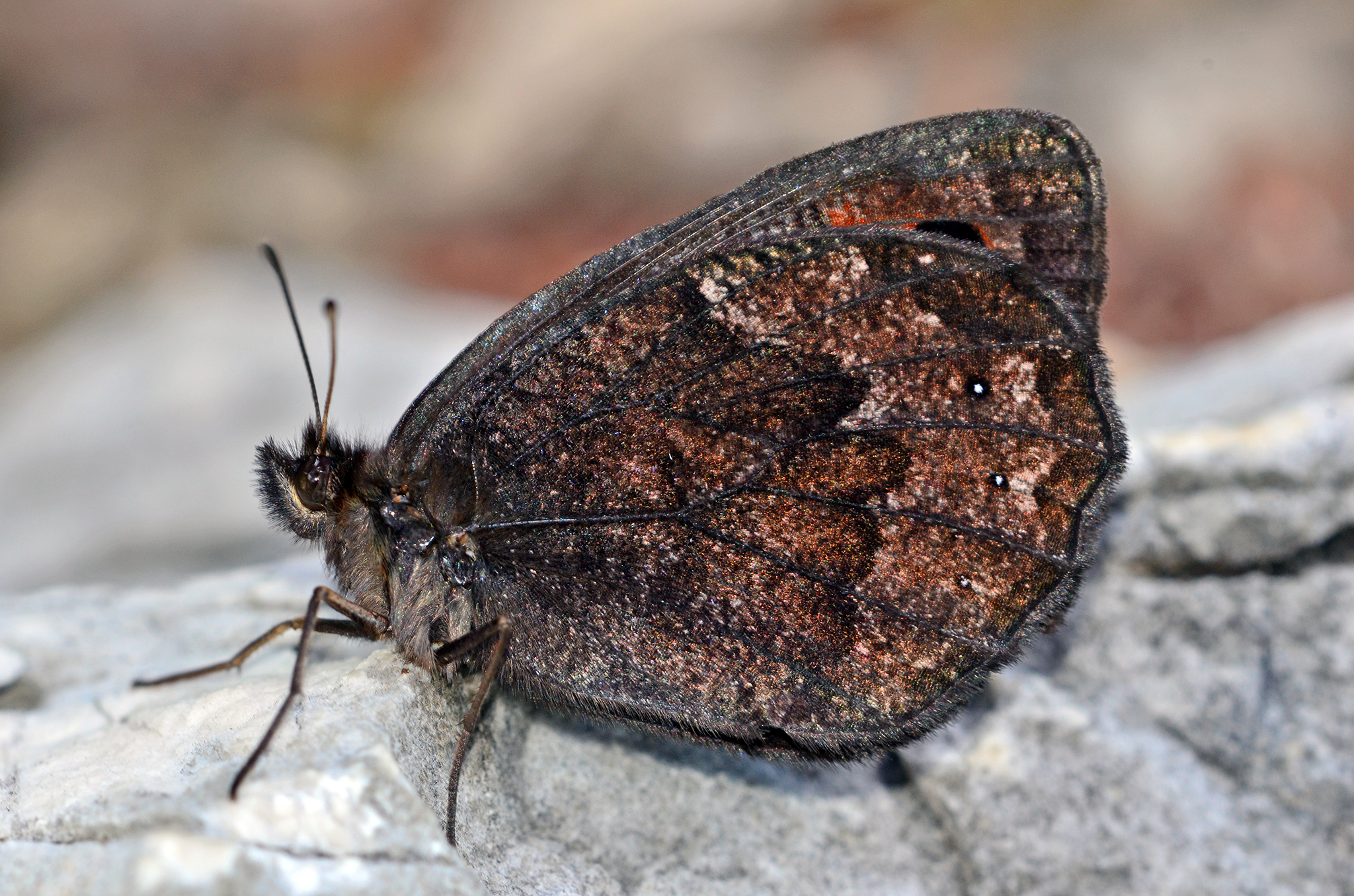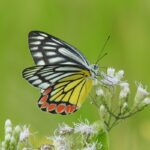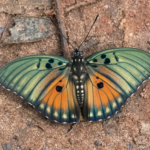Description
A summer tour of the highlands & lowlands of Slovenia for a wonderful show of butterflies & more!
For such a small country (20,000 km²), Slovenia is amazingly diverse. After all, the distance from the closest point on the Adriatic coast (Ankaran) to top of its highest peak (Triglav 2,864 metres) is just 88 kilometres (55 miles) as the crow flies. This enormous diversity in landscape, climate and topography is reflected in the country’s biodiversity, with 186 species of butterflies, 26 of them threatened within Europe.
The butterfly fauna is genuinely remarkable for such a small country. Some of the species in Slovenia are confined to the areas with a Mediterranean climate while others, some of them very rare are more typical of peatbogs and wetlands. Another environment rich in species, particularly in ringlets of the genus Erebia, are the high Alps above 1500 metres where more than a dozen species are found.Slovenia is a perfect destination for anyone interested in butterflies and they will be the main focus of this tour. We will also enjoy a good and wide selection of birds and other wildlife along the way.
We will start our exploration amongst the soaring crags of the Julian Alps, where we’ll explore its lakes, forests and high mountain pastures, staying at two hotels on different sides of the mountains to save travelling time. We will then move on to the karst limestone region, with some amazing geological features including a seasonal lake – that turns into an arable farm in the summer – and vast caves which we can visit.
The dinaric karst region has a variety of meadows, hillsides and forests and is rich in wildflowers and butterflies. During our stay, we will also make an excursion to the Adriatic coast for an excellent range of Mediterranean birds and wildlife. The coastline stretches for only 46km between Italy and Croatia but has its own attractions for the naturalist.
We have purposefully designed this as a small group tour, with no more than 6 participants with our team of 2 expert leaders. This will assist with group members having the very best quality in terms of viewing and photography opportunities. Our leaders also have decades of butterfly and tour leading experience and have a vast bank of knowledge about butterflies and other wildlife that they can share. A small group means they can give a lot more attention to each guest & help everyone to achieve their holiday goals.
* Please note that we launched this tour early February 2025 & it is too early to know our true costs for certain elements. We will publish the price as soon as we can, which should be at least 12 months in advance of the start date. Please contact us, to discuss the tour & to reserve places now – which you can do now by putting down a deposit (which will be refundable or transferable without any financial penalties).
This promises to be a very popular tour – we recommend booking early to avoid disappointment!










Reviews
There are no reviews yet.